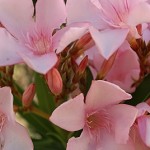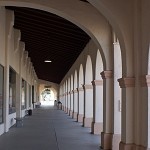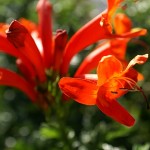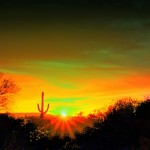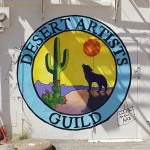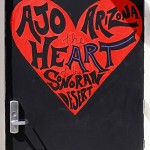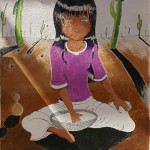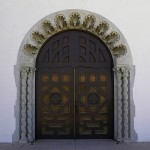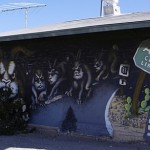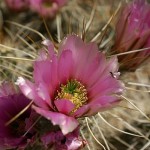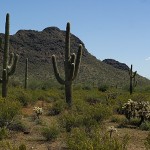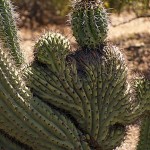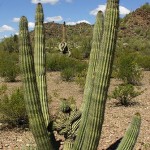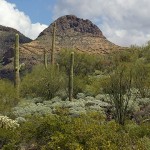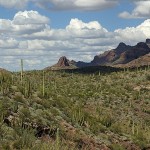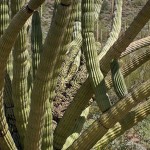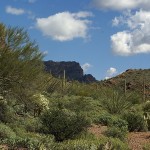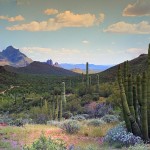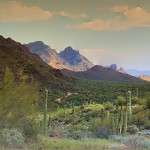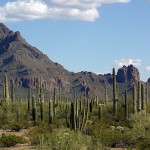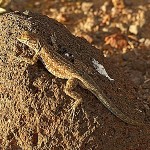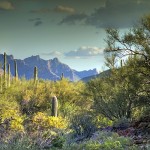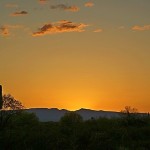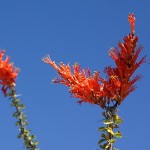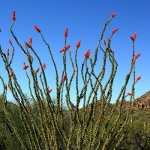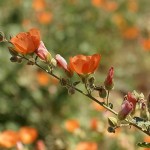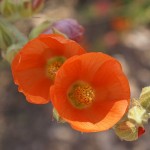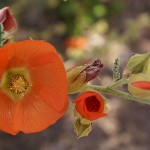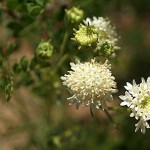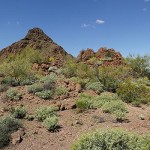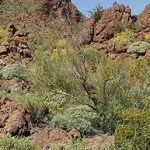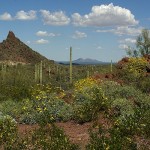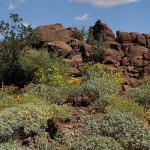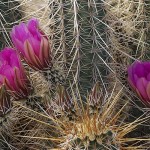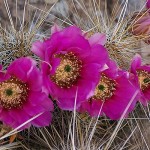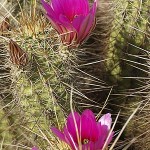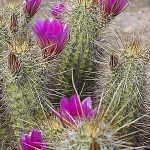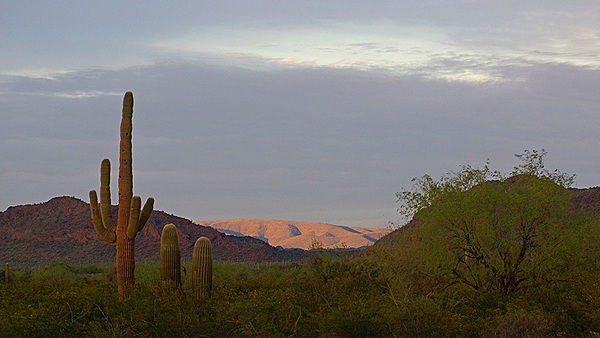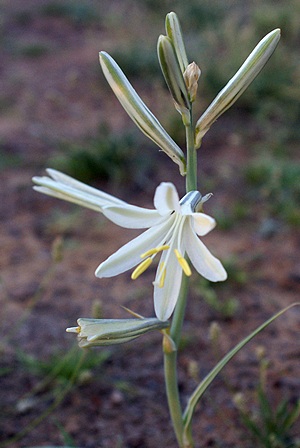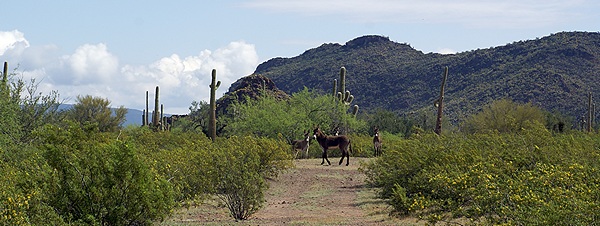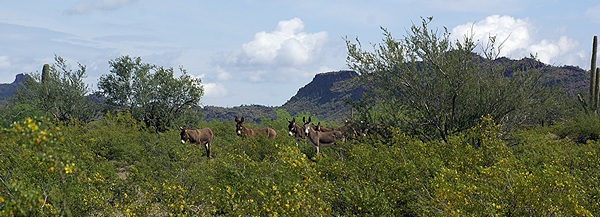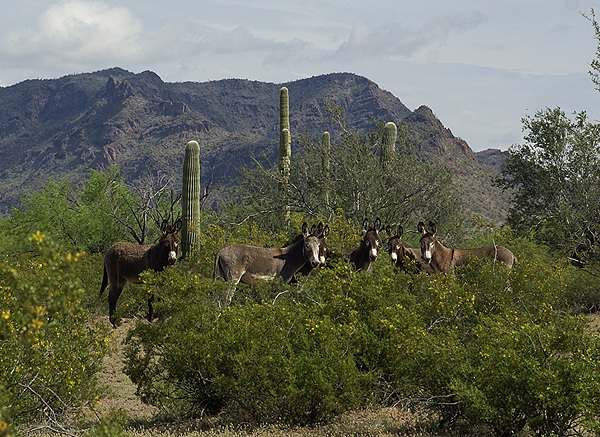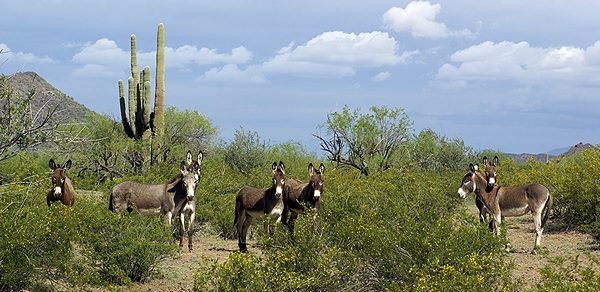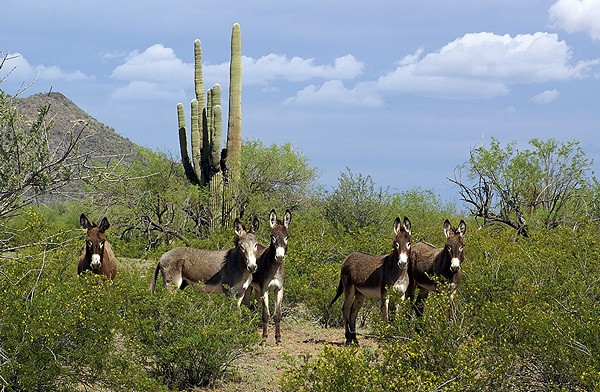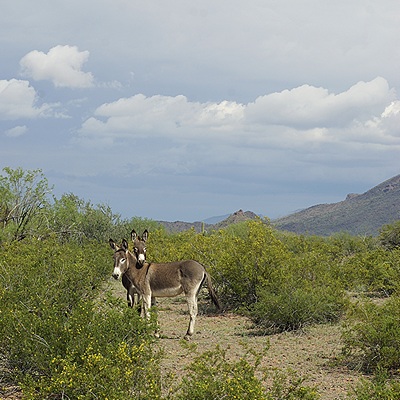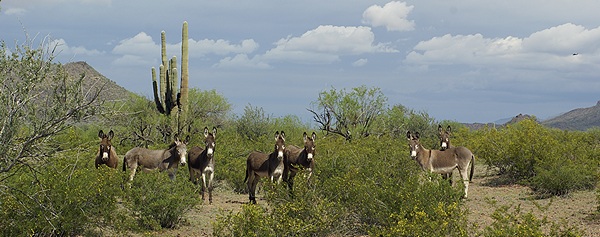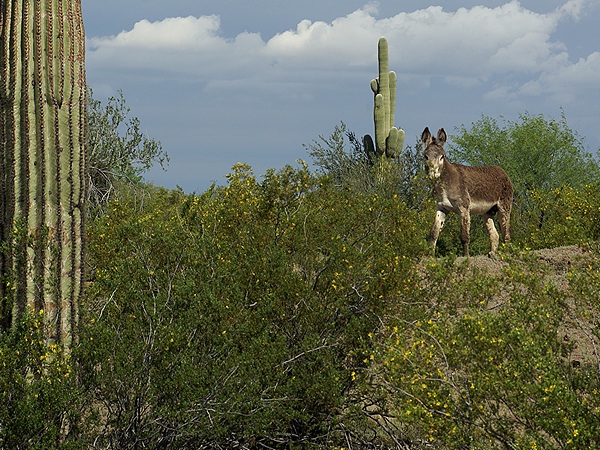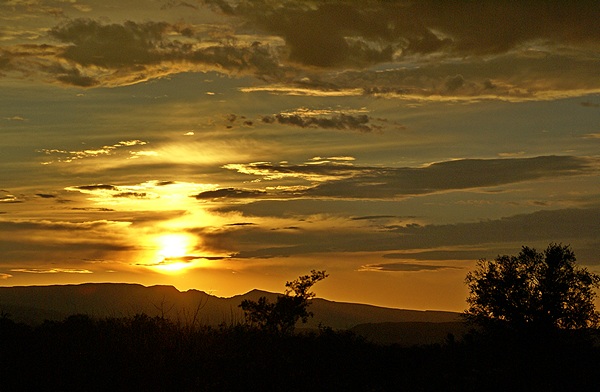2015/03/24 (T) Return to Arizona City, AZ
[Note: There are no photographs for this post.]
We targeted a late morning departure from Hickiwan Trails RV Park. The normal checkout time is 11:00 AM but that had nothing to do with our target as we were paid through Tuesday evening and the park was empty enough that the manager did not care when we left. The timing mostly had to do with the necessity of having some agreed target time when traveling with other RVers, not wanting to feel like we had to get up at the crack of dawn and get on the road, and not wanting to drive into the morning sun but wanting arrive at our destination by mid-afternoon. There is a lot that goes into something as simple as answering the question “what time are we going to leave?” which was preceded by answering the apparently equally simple question “what day are going to leave?”
We only had 120 miles to travel so an 11 AM departure met all of our requirements. We pulled out of our site about 10:45 AM and hooked up our car. I tried to adjust the driver’s side rearview mirror and could not position it where I wanted it. The mirror had loosened and moved on the support arm and needed to be repositioned. Lou got out his small step ladder and I found a star bit for my screwdriver. It took a bit of back and forth but I got the mirror repositioned and tightened so that the correct view was near the center of the motorized travel that I can control from the driver’s seat. By the time we put everything away and were ready to pull out it was 11:20 AM. 11 AM was a target, not a hard and fast requirement.
It was a warm day and Lou decided that he wanted to keep his speed at 50 MPH because he was unsure of the spare tire he had installed on their trailer on Thursday. That is slower than optimal for our bus, especially when the speed limit is higher than that. He suggested that we travel at whatever speed was comfortable for us and they would meet up with us sometime later at our destination. Once we cleaned Ajo we had a good run up AZ-85 at 55 MPH. The road is posted 65 MPH but it is a 2-lane highway with very little shoulder, so 55 felt just fine. Once we got on I-8 headed east the speed limit was 75 MPH. I set the cruise control at 63 MPH and let it roll. The bus likes that speed which has the engine turning ~1,800 RPM in the top gear of the transmission.
We did not need to stop for fuel or to rest so we rolled slowly through Arizona City to our destination and got ourselves parked at the RVillage headquarters. Lou and Val stopped to eat lunch and take on fuel and finally arrived an hour or so behind us. We circled our camp chairs, slumped into them, and said a collective “ahhhh.” It was beautiful and peaceful here, as always, with warm sun and a cool breeze. Linda captured a gorgeous sunset over the lake and mountains to the west on her cell phone. It cooled off quickly after the sun set and soon enough we retreated to our rigs for the evening.
Curtis is a very gracious host and even though we are boondocking he lets us use his wireless Internet connection. I wasted almost 4 GB of our 10 GB Verizon data plan last billing cycle trying to download a map update for our Rand McNally RVND 7710 GPS that failed after most of it had been downloaded. The GPS is an excellent device but the download/update protocol is one of the most stupid I have ever encountered. Why do I say that? Read on.
Almost 1,000 files are involved in the update and even at that a few of them are gigantic. The entire download of 4.4 GB has to succeed or everything is lost and you have to start over. Even on a good Internet connection it takes one-to-two hours for the download so the chances of having it fail are definitely non-zero. By 11 PM no one else was using the Internet and I was able to get everything downloaded in a little over an hour. It took another 30 minutes to install the updates into the GPS, after which it indicated there were more updates available. Thankfully those only took a few minutes to download and install and I managed to get to bed by 12:30 AM.
2015/03/25 (W) Chill’n at the Lake
In a switch from our normal routine Linda got up before me and made coffee while I slept in until 8 AM. We have our customary ways of doing things, but they are not hard and fast rules. We had toast and jam for breakfast with fresh grapefruit and coffee. We opened up the windows and turned on the exhaust fans to keep the inside of the bus comfortable for the cats and then moved to the shaded table on the porch by the lake. I took my iPad and worked on drafts of posts for the last two weeks.
Linda made up a nice lunch platter for each of us and brought it to the table where Lou and Val eventually joined us with their mid-day meals. Mid-afternoon Lou wanted to go find some tire stores and get prices for two new truck tires and two new trailer tires. I was ready for a break so I went along. That proved useful as I was able to use Google voice on my smartphone to research places and request navigation. Linda uses this feature all the time, but I rarely do. It’s pretty cool and I should probably use it more than I do.
Our first stop was the local SpeedCo truck tire and lube facility in Arizona City but they only sold 22″ and 24″ truck tires. We stopped at the Love’s truck stop across the street where I found the 12 VDC cigarette lighter style plug I needed to wire up the TireTraker repeater we got from Darryl Lawrence at Escapade to try out. We stopped at Discount Tire in Casa Grande next and that turned out to be the best quote Lou got. We stopped at the Arizona City Post Office at 4:30 PM on our way back to camp so Lou could mail something.
The rest of the day and early evening was spent by the lake quietly using our technology. Once the light faded and the temperature started to drop we returned to our rigs to have dinner.

